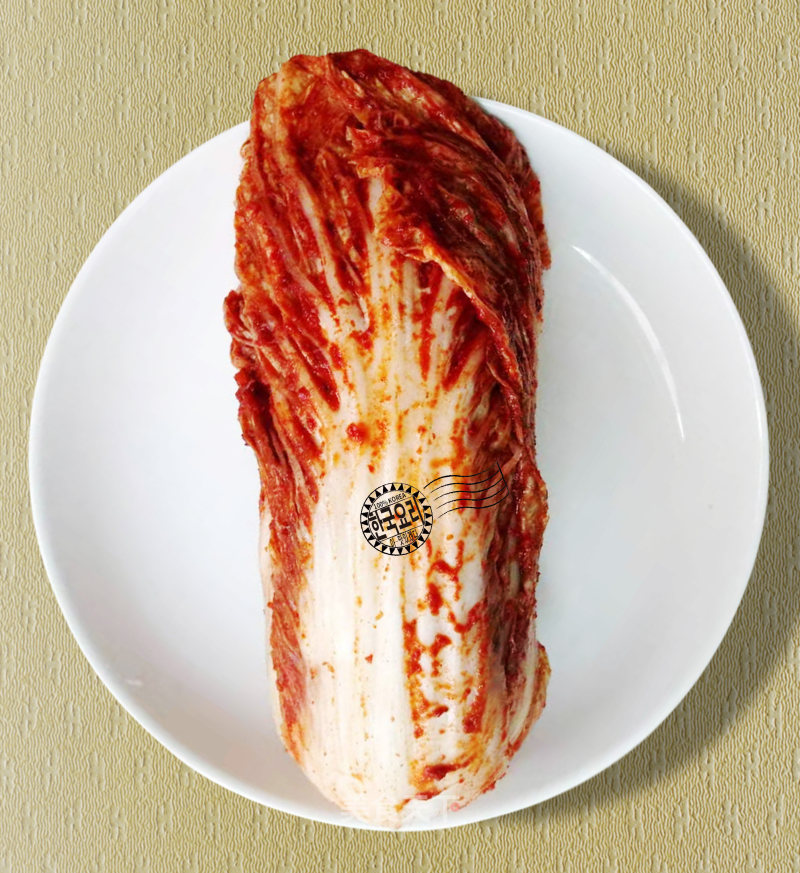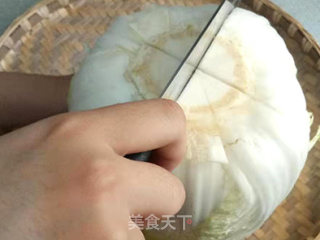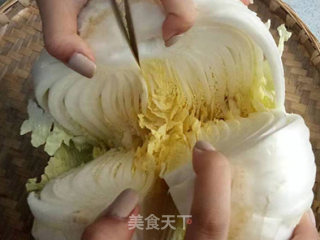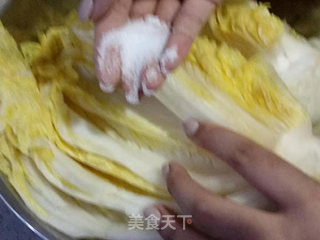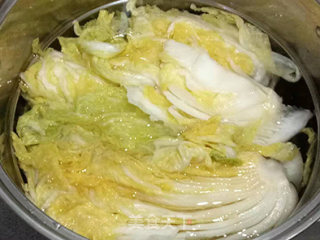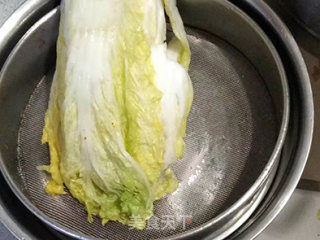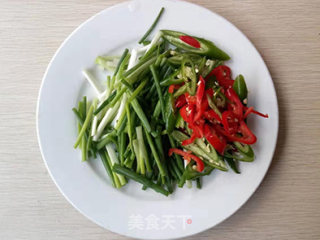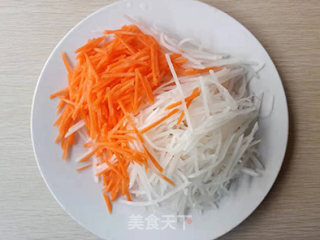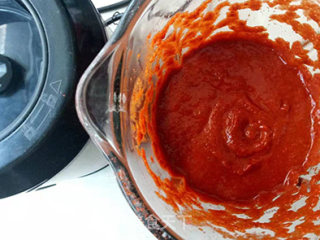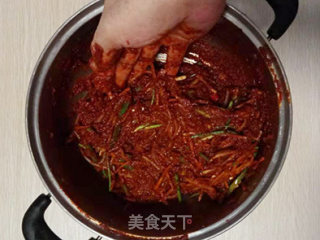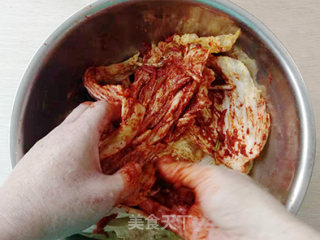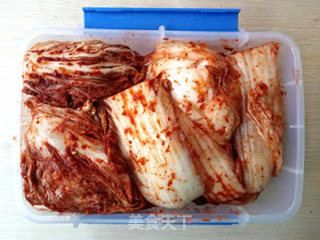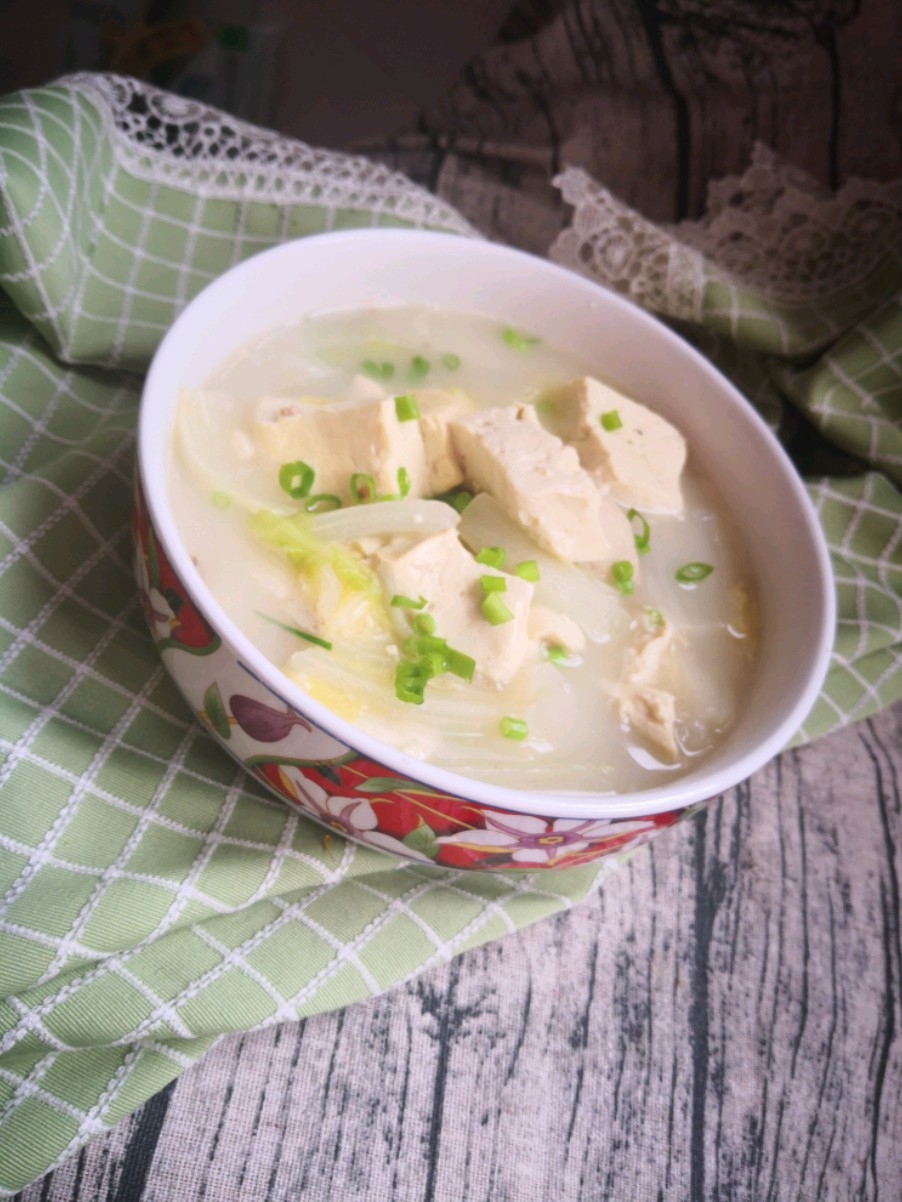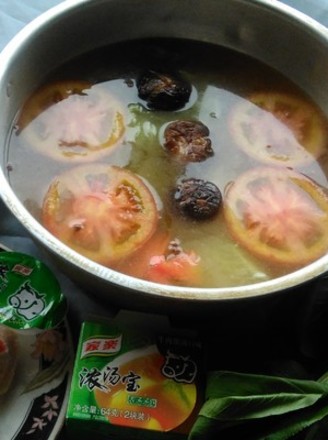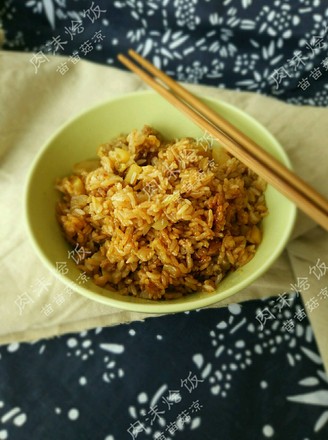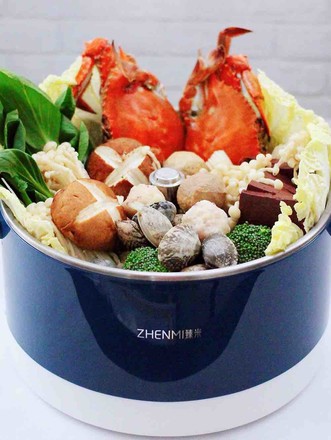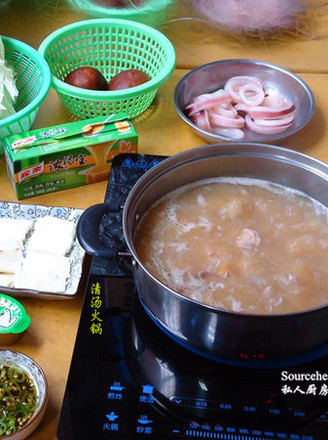Kimchi
by m+n Zhang Zhensheng
Favorite
Difficulty
Hard
Time
24h
Serving
2
To make kimchi, the first task is to choose fresh and delicious Chinese cabbage and radish
1. When choosing cabbage, it should be noted that the growth of cabbage should develop to the side (fat), and the root should be concave, this kind of weight is heavier, the inner compact cabbage is a good cabbage, and the average weight is about 1.5~2 kg
2. The radish depends on whether there are many lines on the side, and the ones with less lines are softer. Don't choose the lush leaves on the top. The lower body should be round and fat, with less miscellaneous hairs, and a good radish that tastes sweeter.
3. Cucumbers should be long, straight and well-proportioned in thickness. The ones with more thorns are preferred. "
1. When choosing cabbage, it should be noted that the growth of cabbage should develop to the side (fat), and the root should be concave, this kind of weight is heavier, the inner compact cabbage is a good cabbage, and the average weight is about 1.5~2 kg
2. The radish depends on whether there are many lines on the side, and the ones with less lines are softer. Don't choose the lush leaves on the top. The lower body should be round and fat, with less miscellaneous hairs, and a good radish that tastes sweeter.
3. Cucumbers should be long, straight and well-proportioned in thickness. The ones with more thorns are preferred. "

